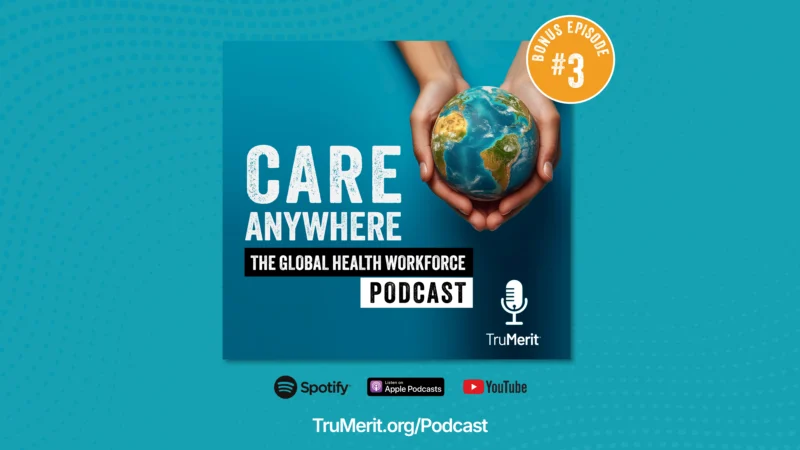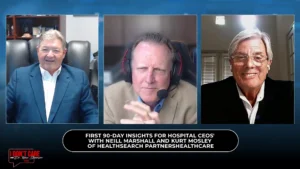Health Systems Need “Cheerleaders,” Better Teen Outreach to Solve Healthcare Worker Shortage
Here’s a scary statistic: By 2034, we could see a shortage of a whopping 124,000 physicians in the country. Even though this eventuality is over a decade away, staff shortages in the healthcare system have been reported for years and need actionable solutions. What can the industry do to advocate for itself while it also works to address the healthcare worker shortage and the funding, safety, and operational deficiencies hurting retention rates?
Thanks to an aging population, the demand for healthcare services are only likely to rise. But unfortunately, years of dealing with the COVID-19 pandemic has led to feelings of burnout. This, coupled with increasingly smaller budgets, is causing many nurses and physicians to consider leaving the profession. How can we fix this staff shortage in the healthcare system? Firstly, employers must work to retain talent by offering growth opportunities and higher pay. This sort of strategy works in the short-term, but equally as important is reaching out to the next generation of healthcare professionals. Experts believe that high school students should be exposed to the benefits and career opportunities present in the healthcare industry earlier in their education journey. This can be done by organizing volunteer programs at hospitals and medical facilities, or even through hospitals opening their own nursing schools and partnering with K-12 schools for career enrichment opportunities.
There are some bright spots peeking through this healthcare worker shortage, though, that highlight the role of quality education and education access in addressing the crisis. During the pandemic, EdWeek Research Center surveys found that, out of 1060 educators, 55% of teachers said more students expressed a desire to join the healthcare industry, while 40% of teachers said they themselves had done more to “express interest in healthcare careers.” On the other end of the medical education spectrum, this year’s residency Match class had an increase in 1,170 positions compared to 2022’s class, with a 14.8% rise in positions in the last five years, signaling there’s a fresh batch of physicians on the horizon to start tackling the healthcare workforce shortage.
Dr. Kevin Stevenson, host of I Don’t Care, a podcast on issues and trends in healthcare and health system administration, explains why encouraging youngsters to join the healthcare industry should be our top priority. Experts like Stevenson say that, if the industry wants more young professionals to join and help curb the workforce shortage, it’s up to the healthcare industry itself to find ways to advocate for its opportunities, evangelize the ethos of the industry, and cheerlead for young professionals to consider a lifelong career in healthcare.
Kevin’s Thoughts
“Hey everybody, it’s Kevin Stevenson, host of ‘I Don’t Care with Kevin Stevenson’. And I think about this often: With today’s shrinking workforce, what should hospitals be doing to recruit and retain talent? [For] me, I think one of the first things we need to do as an industry is to be better cheerleaders, better champions for healthcare as a whole. Healthcare is a noble profession. For me personally, it’s a calling. I think we need to remind people of [the] personal satisfaction that you get out of helping people. [It’s] fascinating work. There are so many opportunities to to make an impact across the board.
So that’s the first thing: Really trying to be that cheerleader. The second thing is, certainly listen to the upcoming workforce and find out what’s important to [them]. How can we adjust things [like] our scheduling? How can we adjust payment models that make sense for people? That’s something that I think we need to be a lot more flexible on, but we also need to make sure and remind them that patients are here 24/7, 365. And [that] the work’s going to be hard, but you’re going to see a lot of rewards from that. Third, I think we need to really look at our high schoolers, work with them, get them excited, give them opportunities to come in to the hospital, whether it be as a volunteer or as a patient care technician or transport or whatever. Give them opportunities to actually see the kind of work that’s done in hospitals and to help them determine at an early age if that’s something that they’re interested in. Fourth, I think hospitals are going to have to develop their own talent. So, partnering with nursing schools or maybe even starting your own nursing school to help ensure that you have that workforce that you’re going to need to care for your patients in the future.”









